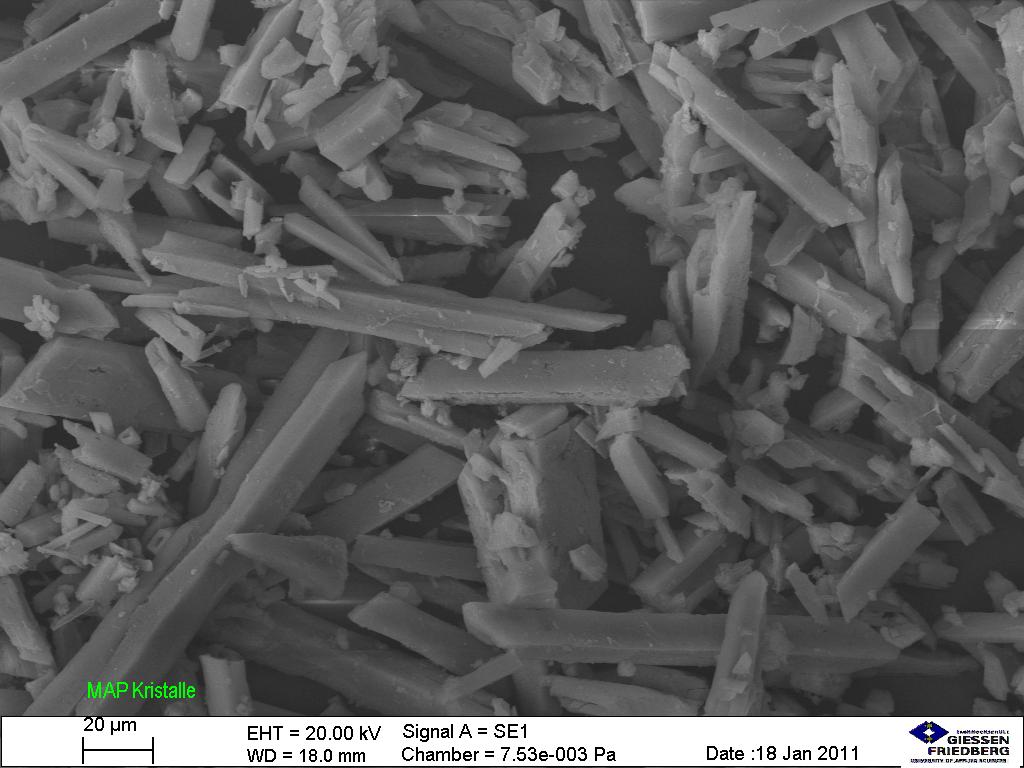Playlist
Show Playlist
Hide Playlist
Nephrolithiasis (Kidney Stones): Clinical Correlation
-
Slides Nephrolithiasis RenalPathology.pdf
-
Reference List Pathology.pdf
-
Download Lecture Overview
00:01 Next, the clinical correlation that you wanna know here for your stones. 00:05 What were the three different places that most commonly these stones would in fact be stuck? Well, let’s now move from the collecting duct, through the calluses, into the pelvis. 00:17 Stop there, before you move into the ureter, you have what’s known as a ureteropelvic junction. 00:25 So at the ureteropelvic junction would be one site where a stone might get stuck. 00:30 Next, I’m gonna ask you another question. 00:32 If this stone is stuck in, it doesn’t matter, I’m gonna through three different places. 00:38 But the point is if the stone is stuck and it’s lodged in the ureteropelvic junction, you’re not going to move forward, are you? So therefore, you’re going to then move backward. 00:49 So therefore, what is your kidney going to look like? Good, hydronephrosis, right? And with the hydronephrosis, this then means what? Post renal azotemia, pretty straightforward. 01:03 A physiological question that they could ask you is that Bowman’s space, hydrostatic pressure would be elevated. 01:10 Right? Things that you know of, so thus you have your filtration fracture that will decrease. 01:14 Simple step that we’ve done before, put it all together. 01:16 Second place would be actually at the pelvic brim and if it was at the pelvic brim, it’s a little bit different, isn’t it? You’re a little bit more distal. 01:25 That’s important for you to listen to because I’m going to get you through management and here, if you blocked forward movement or flow, you’re gonna back up into the ureter, so you may then have hydroureter and hydronephrosis because you’re at the pelvic brim. 01:38 Or what’s the third and final place where it might then get lodged? This is the ureterovesical junction, be careful of the terminology. 01:48 Uretropelvic, pelvic not referring to the pelvic bone, clear? Be careful, really be careful. 01:55 This is an ureteropelvic referring to the pelvic anatomy of the kidney as soon as they come out of the kidney, that’s site number one. 02:03 Number two would actually be at the pelvic brim referring to the pelvic bone and number three would be at the bladder wall junction, you call this uretero, what’s the bladder called medically? Good, vesical, you call this ureterovesical junction. 02:17 Three different places where stone might potentially be lodged, therefore resulting in respective issues.
About the Lecture
The lecture Nephrolithiasis (Kidney Stones): Clinical Correlation by Carlo Raj, MD is from the course Nephrolithiasis.
Included Quiz Questions
Which of the following is NOT a common location for obstruction due to nephrolithiasis?
- Urethra
- Ureteropelvic junction
- Proximal ureter
- Ureterovesical junction
- Pelvic brim
If a patient with nephrolithiasis has hydronephrosis but normal-sized ureters, what is the most likely location of the stone?
- Ureteropelvic junction
- Near the pelvic brim
- In the distal ureter
- Inside the bladder
- At the ureterovesical junction
Customer reviews
5,0 of 5 stars
| 5 Stars |
|
5 |
| 4 Stars |
|
0 |
| 3 Stars |
|
0 |
| 2 Stars |
|
0 |
| 1 Star |
|
0 |





